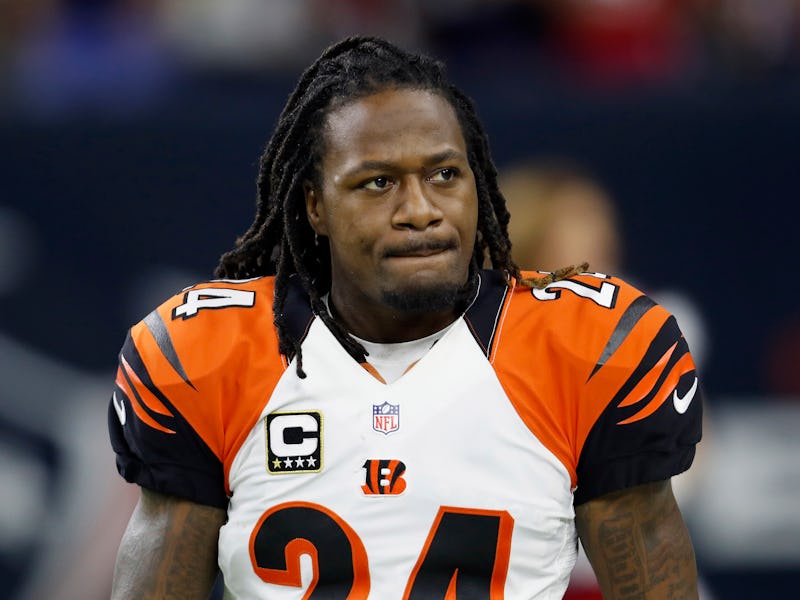
Fans watching this weekend’s “wild card” round of postseason NFL games that will reveal the teams battling in Super Bowl LI can expect two things: Excellent football and a downturn in field penalties and player arrests. Research in the journal Deviant Behavior from the University of Texas at Dallas shows there’s a correlation between penalties and arrests in the postseason.
Criminologist Alex Piquero discussed this research with KERA on Friday. He says that he and his team were inspired two years ago to research the correlation between being an NFL player and committing a crime. Along the way, they discovered that during the regular season, players who had more penalties on the field and for longer periods of yards also had more arrests off the field.
To determine this they took data from NFL archives that listed the number of penalties and penalty yards that happened in both the postseason and in the regular season. They then compared that data to arrest data they compiled from FBI criminal statistics as well as a database of player arrests accumulated by USA Today and the San Diego Union-Tribune. The researchers found that players with more arrests had more penalties on the field but that this relationship drastically dropped come postseason play.
Recently arrested Adam Jones will not be playing postseason.
Piquero believes the postseason drop stems from a behavior change in both players and referees. Both understand that one penalty could put an end to the entire season — a result that makes players more careful with their actions and that influences refs to go a little easier on them.
“In hockey, there’s this adage about when the score’s 2-2 with a minute left, referees put away their whistle,” Piquero tells KERA. “And something could be happening as well in the NFL with respect to that.”
While arrests within the NFL are obviously an issue, Piquero is also careful to note that their prevalence may be overblown. He says that when you compare criminal behavior of NFL players versus the average population, the prevalence of crime is much lower than the average 20- to 39-year old male.
“These incidents are horrific, but they’re not the norm,” Piquero said in a University of Texas statement, “It’s only an extremely small number of players who are responsible for most of the arrests.”